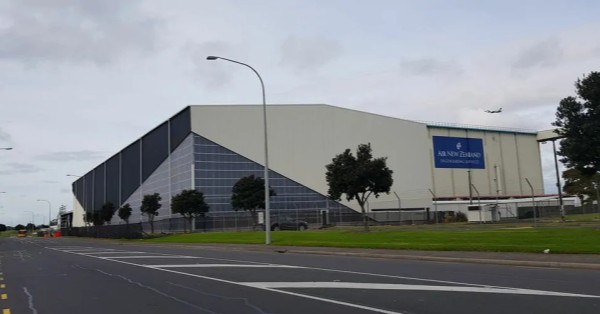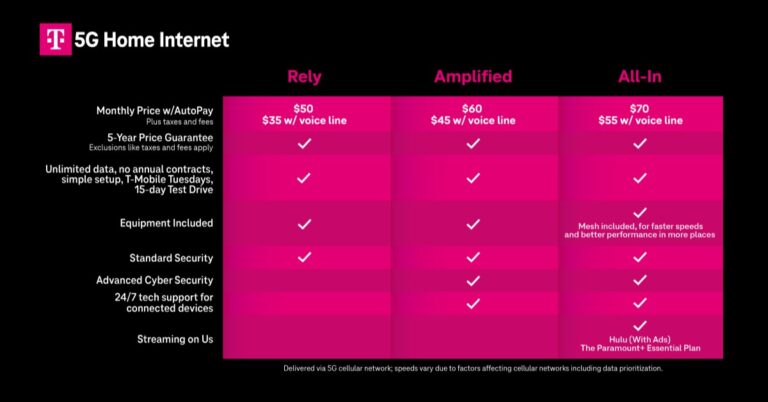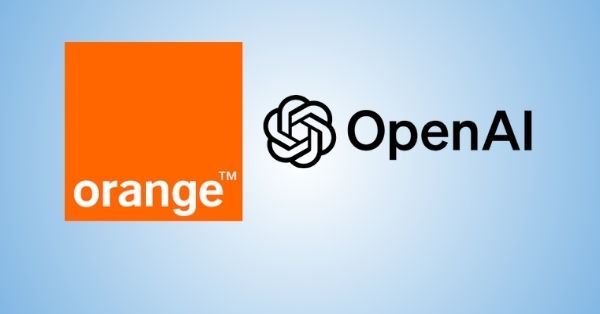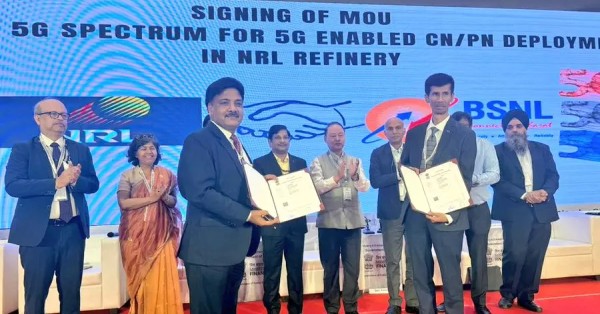Private 5G at Auckland Airport: Spark and Air New Zealand Lead
In a landmark move for New Zealand’s business and logistics sectors, Spark and Air New Zealand have jointly launched the country’s first Private 5G Network tailored specifically for enterprise use. Deployed inside Air New Zealand’s 5,000-square-metre logistics warehouse at Auckland Airport, the network demonstrates how next-generation 5G can solve connectivity challenges that traditional wireless networks struggle to handle in complex, large-scale environments.
This initiative is more than a technology pilot—it represents a fresh approach to warehouse operations, driving greater productivity, smarter workflows, and a safer work environment for employees who handle hundreds of critical airline items, from spare aircraft parts to in-flight passenger supplies like blankets and headphones.
How Private 5G Powers Airport Warehouse Connectivity
Warehouses pose unique connectivity challenges. High metal racks, narrow aisles, moving equipment, and shifting stock levels create constant radio signal interference that can degrade traditional WiFi performance.
To tackle this, Spark built a dedicated Private 5G Network using Ericsson’s proven enterprise 5G platform. Unlike shared public mobile networks or WiFi, this private network guarantees strong, consistent, low-latency coverage, ensuring that autonomous devices and mission-critical applications run smoothly anywhere in the warehouse.
Automated Drone-Robot Stocktakes at Auckland Airport
At the heart of this project is an advanced automation system: a drone physically tethered to an autonomous ground robot named Captis, developed by Cypher Robotics. This robot-drone combination works as a single smart unit: the robot moves systematically down warehouse aisles, while the drone lifts up along the shelving to scan barcodes on high storage locations that would otherwise require staff to use ladders or scissor lifts.
This solution transforms stocktaking from a periodic, labour-intensive process into a daily, real-time operation. The barcode data is scanned and instantly transmitted over the Private 5G Network to an app that updates inventory records automatically, keeping warehouse managers constantly informed of stock levels and space availability.
Real-Time Inventory for Smarter Airport Logistics
Daily automated stocktakes mean less guesswork and fewer surprises for warehouse staff. With accurate, up-to-the-minute inventory visibility, teams can plan restocking, allocate storage space, and manage dispatch logistics more effectively.
Faster access to reliable data also means the airline can avoid over-ordering spare parts or supplies, reducing inventory carrying costs while ensuring critical items are always available when needed.
Improving Warehouse Safety at Auckland Airport
Manual stocktaking at height is one of the more hazardous tasks in a warehouse environment. Employees typically climb ladders or use elevated work platforms to scan barcodes on upper shelves, exposing them to fall risks or collisions with moving equipment.
With the drone doing the vertical scanning and the robot guiding it safely through the aisles, staff remain on the ground, reducing exposure to these risks. This approach aligns with Air New Zealand’s focus on creating a safer, more supportive working environment for its people.
Future AI and Smart Logistics at Auckland Airport
While the current deployment focuses on automated stocktakes, the underlying Private 5G Network lays the groundwork for more sophisticated warehouse innovations. Spark and Air New Zealand are already looking at ways to add AI-driven monitoring tools that could detect anomalies in real time—like misplaced items or unauthorized access to restricted areas.
Another potential use case is the creation of a digital twin of the warehouse. By integrating IoT sensors and real-time data feeds, managers could simulate and test warehouse layouts, predict maintenance needs for equipment, and optimize storage allocation before making physical changes—helping reduce operational disruptions and costs.
Additional ideas include deploying 5G-connected smart cameras that can detect if employees are wearing required PPE when working near forklifts or trucks, further boosting workplace safety and compliance with health and safety standards.
How Airport Private 5G Transforms Supply Chains
Mark Beder, Spark’s Customer Director Enterprise and Government, notes that this innovation is not just relevant to airlines. Any industry with complex logistics and supply chains—such as retail distribution, manufacturing, or large-scale warehousing—could benefit from similar automation and secure, high-speed connectivity.
The lessons learned from this trial create a blueprint for businesses across New Zealand to embrace advanced automation powered by Private 5G Networks, improving productivity, service delivery, and workplace safety.
Spark and Air New Zealand: 5G Leaders at Auckland Airport
Spark leads the deployment and management of the network infrastructure, leveraging Ericsson’s enterprise-grade 5G platform to provide reliable, dedicated coverage within the warehouse. Air New Zealand’s digital innovation team integrates the drone-robot system into daily operations, ensuring the technology directly enhances staff workflows and aligns with the airline’s goals for smarter, more efficient supply chain management.
What’s Next for Private 5G at Auckland Airport
The system is currently operational and delivering daily value at Air New Zealand’s logistics hub. Early results show increased stock accuracy, reduced manual workload, and improved safety outcomes for warehouse teams.
Looking ahead, Spark and Air New Zealand plan to expand automation features, test new use cases for the Private 5G Network, and share their learnings with other New Zealand businesses interested in using advanced 5G-powered solutions to boost their operational performance and resilience.
By pioneering this deployment, Spark and Air New Zealand are setting the stage for a new era of smart warehousing and connected business in New Zealand.

































